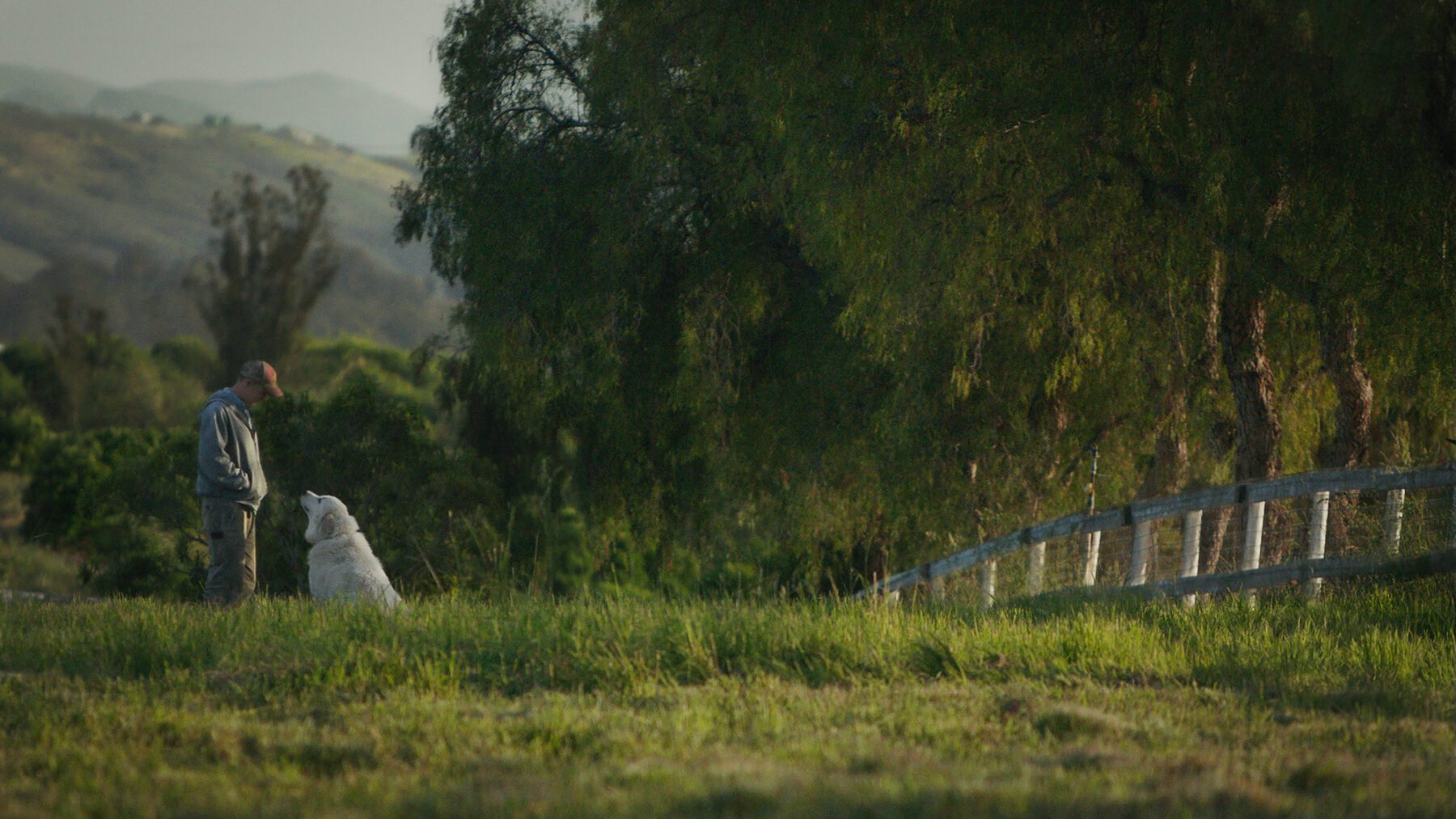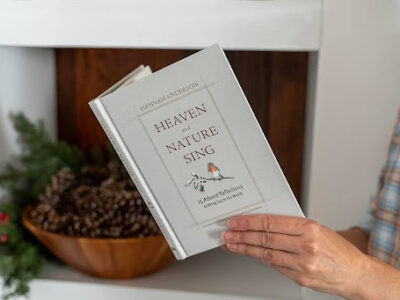According to the USDA, prior to World War II, there were 6.8 million farms in the United States, averaging around 150 acres each. Most farms back then were family-run farms. Today, farms are much larger, averaging closer to 500 acres each, and there are far fewer of them—just over 2 million as of 2020. The decline in farm numbers is attributed to an increase in nonagricultural job opportunities at the same time as changes in agricultural technology that allowed for increased productivity. Fewer people farm more land, and many specialize in monoculture crop production or raise just one type of animal.
But the family farm didn’t always operate this way. John and Molly Chester had a dream to return to an older, more sustainable way to farm, the style of farming that was most common pre-World War II. In 2011, they left their jobs and their apartment in Los Angeles to start Apricot Lane Farms, a 200-acre farm 40 miles north of the city.
The Biggest Little Farm: What to Expect
Available on Hulu, Amazon Prime, and elsewhere, The Biggest Little Farm showcases the challenges John and Molly Chester encountered on their farm. Formerly a lemon and avocado farm, their property had been through multiple different owners in recent history including two banks, who had foreclosed on the property. Surrounding them were all large-scale, monoculture properties. ”Egg City,” once one of the largest poultry farms, used to hold 3.5 million chickens and harvest 2.5 million eggs a day. Another nearby farm raised miles of red raspberries growing under plastic hoop houses.
“Our plan was way outside the norm,” said John.
When the Chesters arrive on their land, they are greeted with “dead soil,” nutrient deficient soil that was as hard as a rock. With the help of Alan York, a world renowned expert in traditional farming practices, the Chesters learned what they needed to do to restore their land using biodiversity and emulating how natural ecosystems work. Their goal: to have the highest level of biodiversity possible. The film captures how they faced new challenges on their farm with creativity and hope.
Finding the Love: Faithifying Your Viewing
Most of the kinds of challenges that Molly and John encounter on their farm have a natural solution. It only takes a pause, a step back, and a moment of perspective and creativity to begin to see just how the environment has to work together and what component is missing to bring balance to the ecosystem. It’s as if God baked interdependence into creation, just as the body of Christ finds its healthiest life in and through each other, each part unique, distinct, and important.
Maybe the body of Christ isn’t just us people. Maybe if we viewed the body of Christ that Paul outlined in his New Testament letters more broadly to include the body of microorganisms, flora, and fauna that all rely on each other for life, we would come to a more holistic and faithful understanding of what it means to love God and love our neighbors as we love ourselves.
“There are different kinds of gifts, but the same Spirit distributes them,” Paul wrote in 1 Corinthians 12. “There are different kinds of service, but the same Lord. There are different kinds of working, but in all of them and in everyone it is the same God at work.”
The more the Chesters look into and study the ecosystem that is their farm, the more they see the importance of each of those different gifts, different kinds of service, and different kinds of working. Each and every predator, pest, and pollinator is there for a purpose. When one part of the farm is flung into disharmony, it affects the rest of the body, just as Paul described.
“If one part suffers, every part suffers with it; if one part is honored, every part rejoices with it,” Paul wrote. How differently would we run our families, our businesses, and our lives, if we viewed not just humanity but all of creation as part of Christ’s body?
Paul ended chapter 12, “And yet I will show you the most excellent way.” First Corinthians 13 details that most excellent way, the way of love. That, ultimately, defines what the Christian’s posture ought to be toward all things God created. Knit together with love, the body of Christ can thrive.
The Biggest Little Farm is a beautiful showcase of how it could be.





 Copyright
2025
Root and Vine
Copyright
2025
Root and Vine